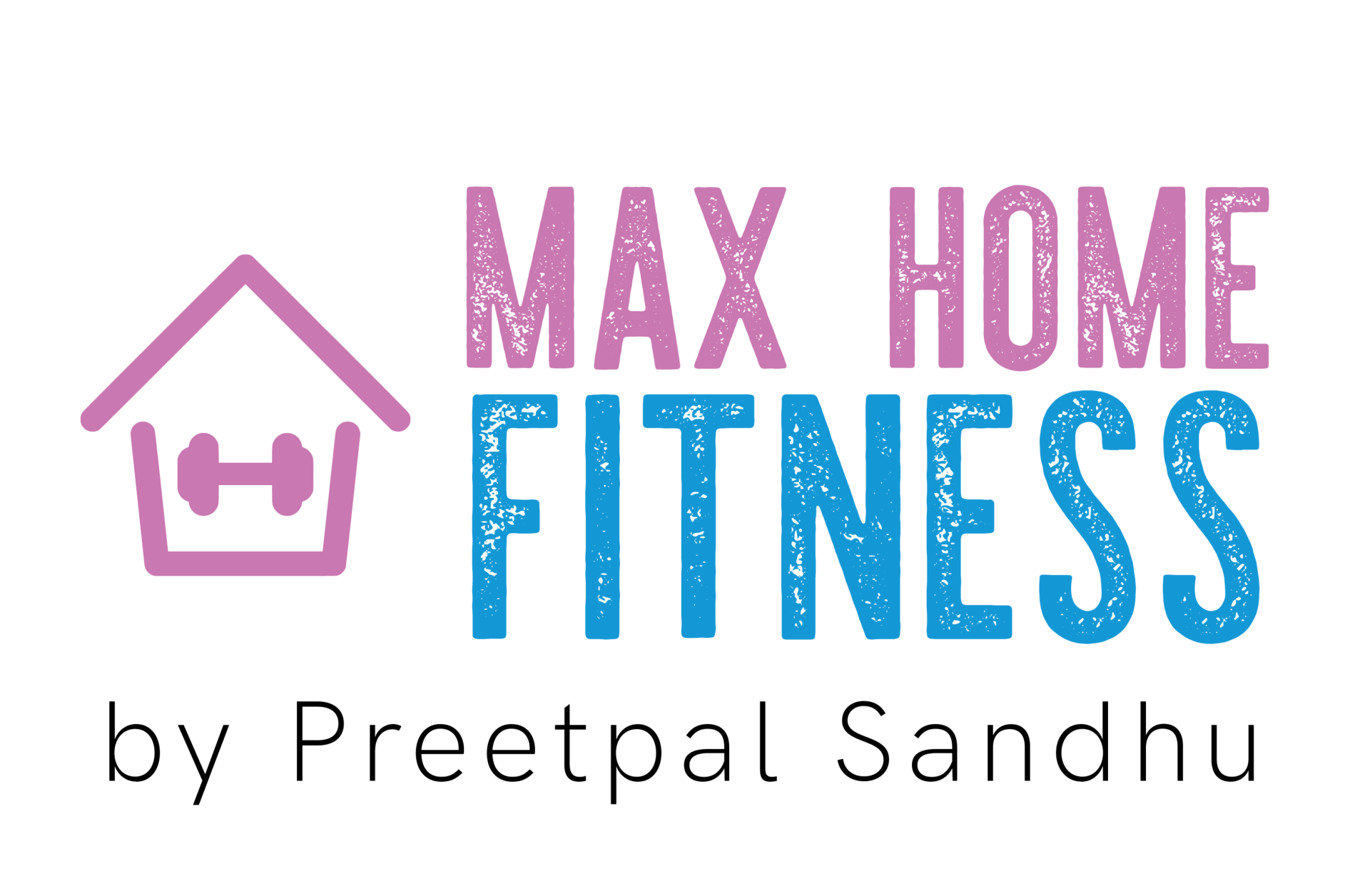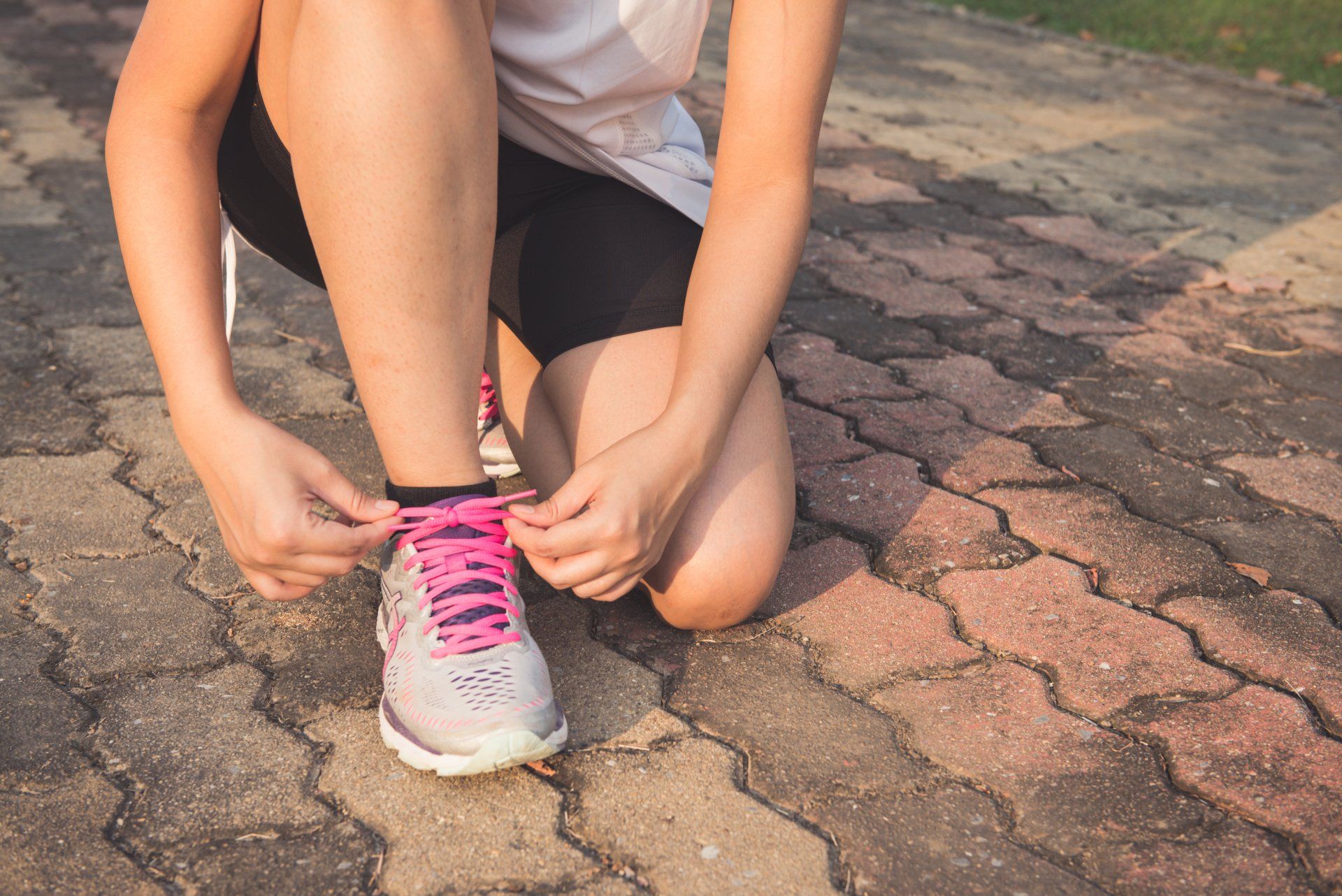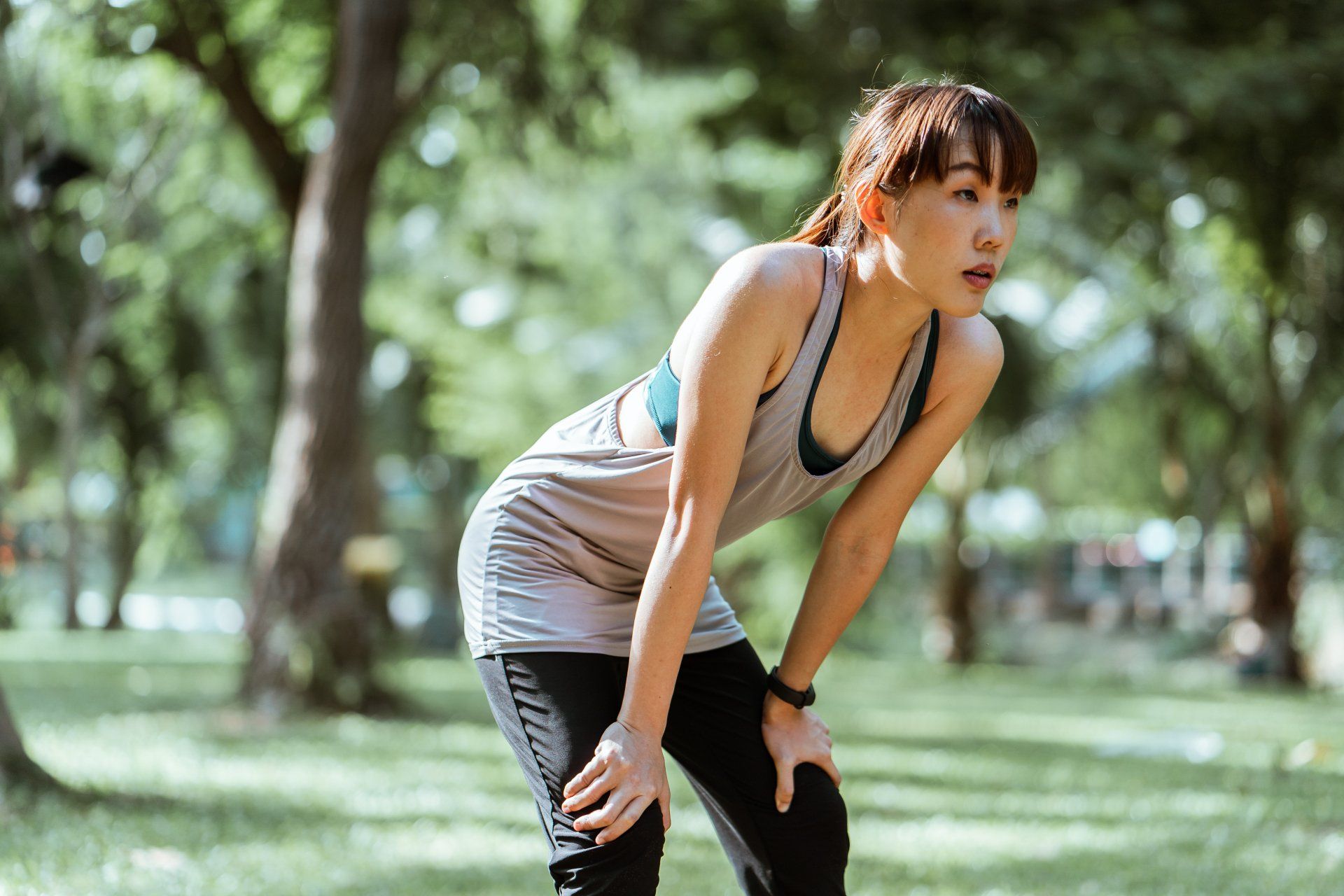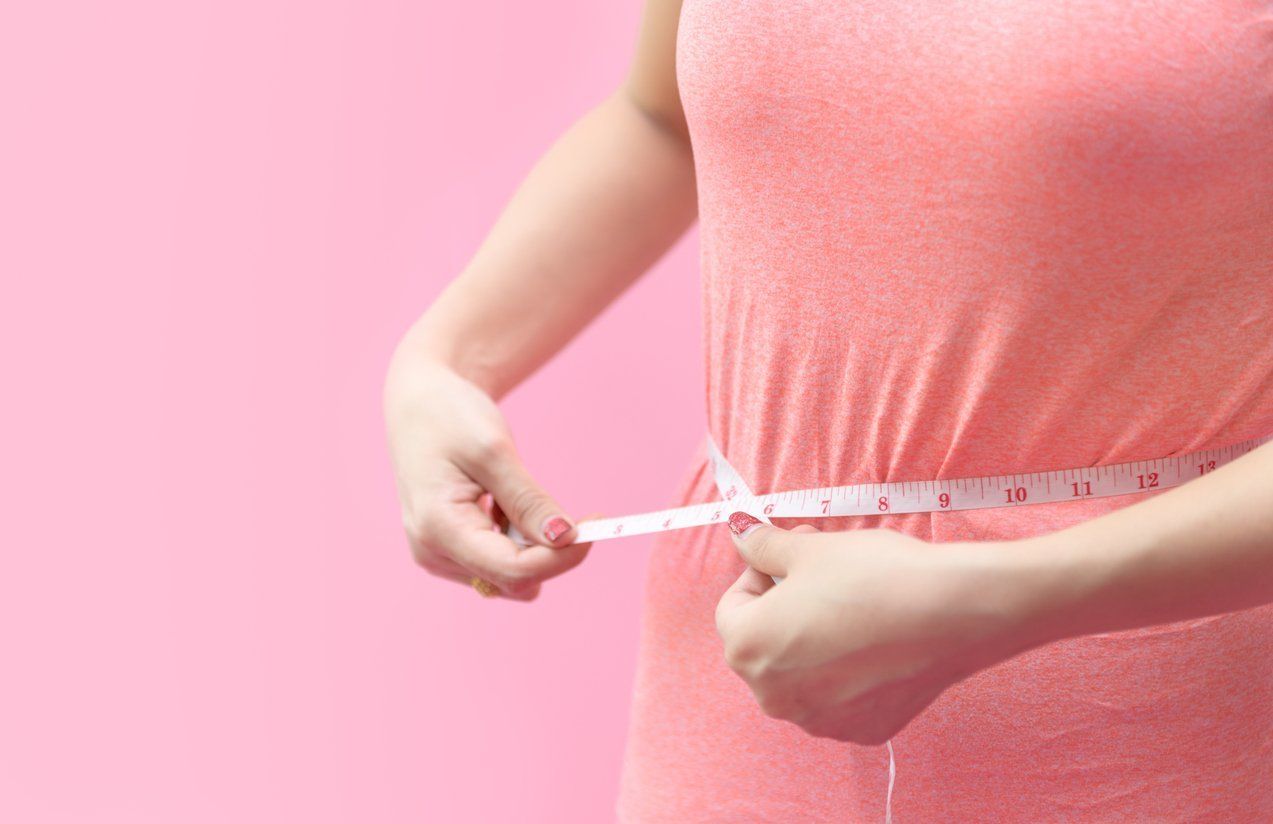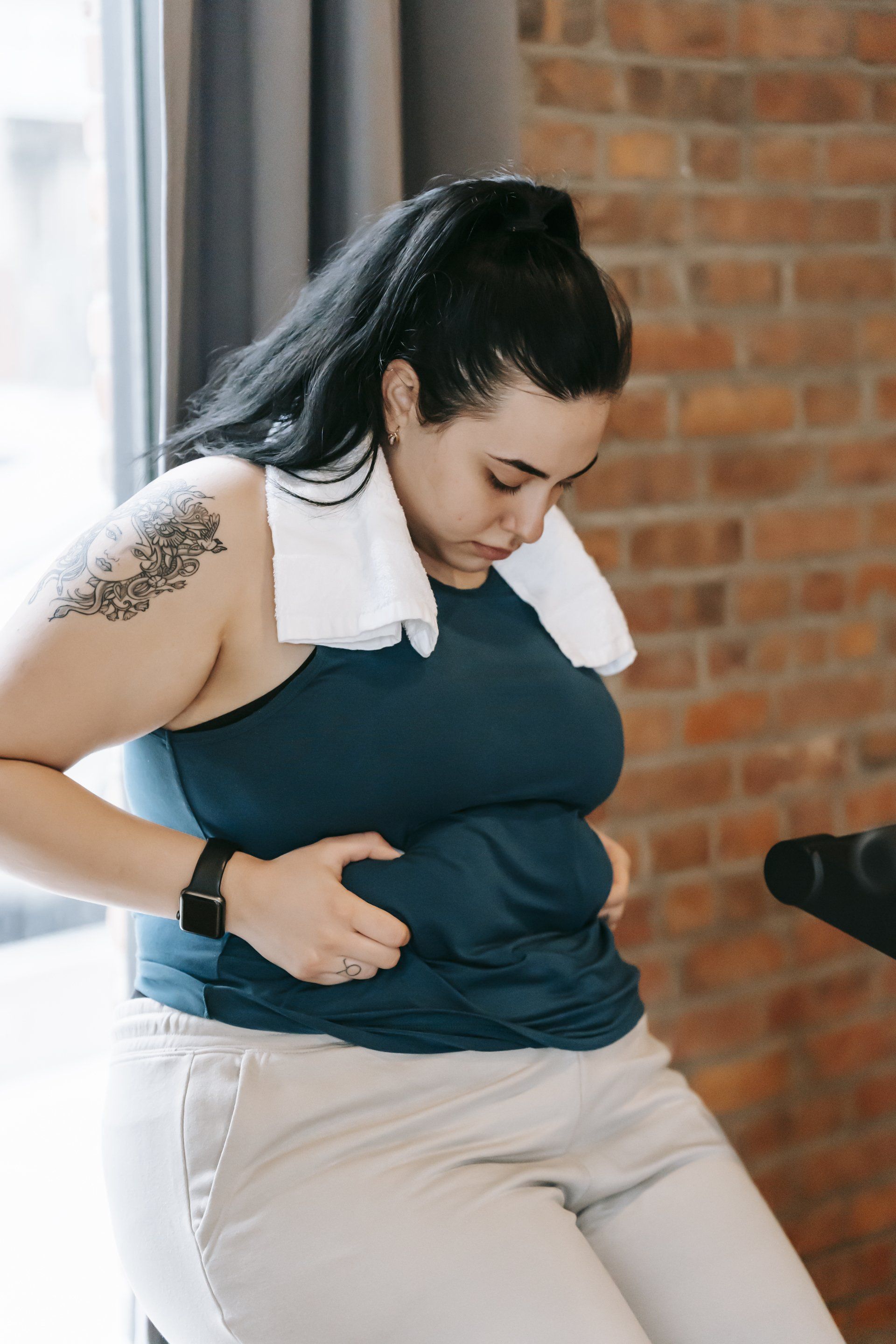30 Natural Ways to Help Treat Polycystic Ovary Syndrome (PCOS)
Kathryn Watson • August 16, 2021
This is a subtitle for your new post
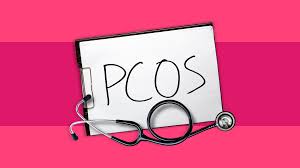
Polycystic ovary syndrome (PCOS) is the most common endocrine condition among women of reproductive age. Its symptoms include: ovarian cysts, irregular periods, acne, thinning hair, weight gain
Researchers say the causes of PCOS are complicated, but insulin resistance and hormone regulation are key factors.
You may be able to manage these factors and ease your symptoms through lifestyle changes and dietary supplements, but there’s no one-size-fits-all approach to treatment. You should always talk with your doctor before you try any alternative treatment. They can discuss possible dosages, side effects, and interactions.
Diet changes
Eating the right foods and avoiding certain ingredients may help you manage your symptoms. A nourishing diet can help regulate your hormones and your menstrual cycle. Eating processed, heavily preserved foods can contribute to inflammation and insulin resistance.
It’s all about whole foods
Whole foods are free from artificial sugars, hormones, and preservatives. These foods are as close to their natural, unprocessed state as possible. Fruits, vegetables, whole grains, and legumes are whole foods that you can add to your diet. Without hormones and preservatives, your endocrine system can better regulate your blood sugar.
Balance carb and protein intake
Carbohydrates and protein both impact your energy and hormone levels. Eating protein stimulate your body to produce insulin. Unprocessed, high-carb Source can improve insulin sensitivity. Instead of trying a low-carb diet, focus on getting enough healthy protein. Plant-based protein sources, such as nuts, legumes, and whole grains, are the best.
Aim for anti-inflammatory
PCOS is described by one study as low-level chronic inflammation. Adding anti-inflammatory foods to your diet can help ease your symptoms. Consider the Mediterranean diet as an option. Olive oil, tomatoes, leafy greens, fatty fish like mackerel and tuna, and tree nuts all fight inflammation.
Up your iron intake
Some women with PCOS experience heavy bleeding during their period. This can result in iron deficiency or anemia. If your doctor has diagnosed you with either condition, talk with them about how you can up your iron intake. They may recommend adding iron-rich foods such as spinach, eggs, and broccoli to your diet. You shouldn’t up your iron intake without first consulting your doctor. Too much iron can increase your risk of complications.
Up your magnesium intake
Almonds, cashews, spinach, and bananas are PCOS-friendly foods rich in magnesium. Add in some fiber to help with digestion
A diet high in fiber can help improve your digestion. Lentils, lima beans, broccoli, Brussels sprouts, pears, and avocados are all rich in fiber.
Cut out coffee
Caffeine consumption may be linked to changes in in estrogen levels and hormone behavior. Try boosting your energy with a decaf alternative, such as an herbal tea. Kombucha’s probiotic properties may also be beneficial. And if you can’t go without a caffeine boost, reach for green tea instead. Green tea has been shown to improve insulin resistance. It can also help with weight management in women with PCOS.
Consider soy products
Before adding more soy to your diet, ask your doctor about the latest research. Soy acts like estrogen in your body. This might help balance hormones if you have PCOS. But there’s also evidence that adding soy to your diet could disrupt your endocrine system.
People with a family history of estrogen-related cancers, such as some breast cancers, should avoid soy products. If your doctor approves adding soy to your diet, consider soy milk, tofu, miso, and tempeh.
Supplements
Supplements claim to help with hormone regulation, insulin resistance, and inflammation associated with PCOS. Supplements aren’t regulated by Food and Drug Administration (FDA). Speak to your doctor before taking any supplement. Some of them can interfere with other prescribed PCOS treatments and medications.
Inositol
Inositol is a B vitamin that can help improve insulin resistance. It’s also been found to help with fertility in some cases of PCOS.
Chromium
Chromium supplements may Source your body mass index, which can help with PCOS. They may also stabilize insulin resistance by helping your body metabolize sugar.
Cinnamon
Cinnamon comes from the bark of cinnamon trees. Cinnamon extract has been shown to have a positive effect on insulin resistance. Cinnamon also may regulate menstruation for women with PCOS.
Turmeric
The active ingredient in turmeric is called curcumin. Turmeric may be promising for decreasing insulin resistance and as an anti-inflammatory agent.
Zinc
Zinc is a trace element that can boost fertility and your immune system. Excessive or unwanted hair growth and alopecia may be improved with zinc supplements. You can also eat red meat, beans, tree nuts, and seafood to get more zinc in your diet.
Evening primrose oil
Evening primrose oil has been used to help with period pain and irregular menstruation. It may also be a that improves cholesterol levels and oxidative stress, both of which are linked to PCOS.
Combined vitamin D and calcium
Vitamin D is a hormone that’s vital to your endocrine system. Vitamin D deficiency is a common in women with PCOS. Vitamin D and calcium may improve irregular periods and help you ovulate.
Cod liver oil
Cod liver oil contains vitamins D and A, as well as high amounts of omega-3 fatty acids. These acids can help to improve menstrual regularity and help get rid of fat around your waist.
Berberine
Berberine is an herb used in Chinese medicine to help with insulin resistance. If you have PCOS, berberine may to ramp up your metabolism and balance your body’s endocrine responses.
Adaptogen herbs
When your body can’t regulate insulin, it can build up in your body and cause higher levels of male sex hormones called androgens. Adaptogen herbs claim to aid your body in balancing these hormones. Some adaptogen herbs also claim to ease other symptoms of PCOS, like irregular periods. Use caution and talk with your doctor before taking any herbal supplement, as their claims haven’t been evaluated by the FDA.
Maca root
The root of the maca plant is a traditional herb used to boost fertility and libido. Maca root may help balance hormones and lower cortisol levels. It may also help treat depression, which can be a symptom of PCOS.
Ashwagandha
Ashwagandha is also called “Indian ginseng.” It can help balance cortisol levels, which could improve stress and symptoms of PCOS.
Holy basil
Holy basil also called tulsi, addresses chemical and metabolic stress. It’s referred to as “queen of herbs.” Holy basil can help reduce your blood sugar, prevent weight gain, and lower your cortisol levels.
Licorice root
The root of the licorice plant contains a compound called glycyrrhizin, which has several unique properties. Licorice root has been suggested as an anti-inflammatory agent. It works to help metabolize sugar and balance hormones.
Tribulus Terrestris
Tribulus Terrestris has been shown to help stimulate ovulation and support healthy menstruation. It may also decrease the number of ovarian cysts.
Chaste berry
Chaste berry has been used for centuries to help with reproductive conditions. It may improve some symptoms of PMS, though its effect on fertility requires more research.
Probiotics
Probiotics don’t just help with your digestion and gut health. They can play a an important role in treating PCOS. They can also reduce inflammation and regulate sex hormones like androgen and estrogen. Consider taking probiotic supplements and eating probiotic foods, like kimchi and kombucha.
Maintain a healthy weight
Maintaining a healthy weight can help decrease insulin resistance, regulate your period, and reduce your risk of conditions associated with PCOS. If you’re overweight, some studies suggest gradual weight loss through a low-calorie diet as a promising first-line treatment for PCOS.
Balance your exercise
Exercise is important for maintaining a healthy weight. But too much exercise can disrupt your hormones, so talk with your doctor about a healthy balance. Gentle, low-impact exercises like yoga or Pilates can be practiced for longer durations. Swimming and light aerobics are also recommended. High-intensity interval training and long-distance running may also be to help improve symptoms of PCOS.
Talk with your doctor about the type of workout that would benefit you most.
Practice good sleep hygiene
Sleep affects your stress levels and helps regulate cortisol to balance your hormones. But sleep disturbances are twice as common as a for women with PCOS. To up your sleep hygiene:
- Aim for eight to ten hours of sleep per night.
- Establish a regular bedtime routine.
- Avoid stimulants and rich, fatty foods before bedtime.
- Reduce stress
Reducing stress can regulate cortisol. Many of the strategies mentioned above, such as yoga, getting enough sleep, and cutting caffeine, can contribute to lower stress levels.
Taking walks outside and creating space in your life for relaxation and self-care can also reduce how stressed you feel.
Limit or avoid endocrine disruptors
Endocrine disruptors are chemicals or ingredients that interfere with or block your body’s natural hormonal reactions. Some endocrine disruptors mimic female and male sex hormones, confusing your reproductive system. This can increase your risk of PCOS symptoms.
They’re often found in canned foods, soaps, and makeup. Common endocrine disruptors include:
- dioxins
- phthalates
- pesticides
- BPA
- glycol ethers
- Consider acupuncture
There’s enough research to make a case for acupuncture as an alternative treatment for PCOS. Acupuncture may help PCOS by:
- increasing blood flow to your ovaries
- reducing cortisol levels
- helping with weight loss
- improving your sensitivity to insulin
- Be cautious
Be wary of supplements and other therapies that make large claims. Although there’s a fair amount of research on natural treatments for PCOS, more concrete information is still needed to support many alternative remedies.
You should always check with your doctor before starting any alternative therapy. Some treatments that claim to be miracle products for PCOS can impact your fertility or lead to other complications.
Be especially wary of:
- progestin, which can make it harder for you to get pregnant
- systemic enzyme therapies
- supplements and herbs that promise to “cure-all” and provide “instant results”
Talk with your doctor If you’re considering any of the above natural treatment options for PCOS, work with your doctor to make a treatment plan.
While herbal supplements and alternative therapies can help PCOS treatment, they aren’t a substitute for a customized, ongoing dialogue with your doctor about your symptoms.
Resourse Credit : Healthline.com
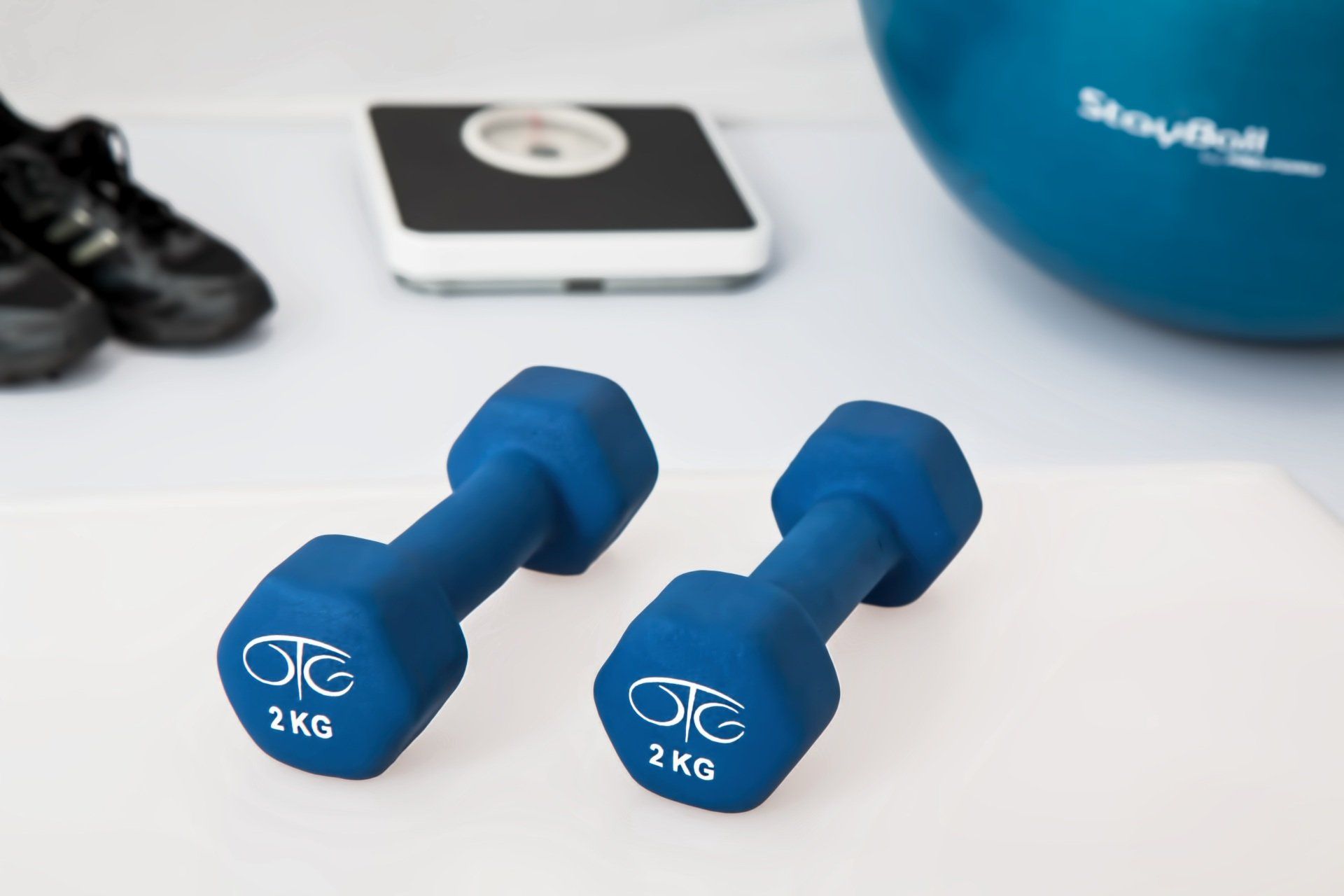
In today's fast-paced world, finding time to hit the gym or engage in outdoor activities can be challenging. However, staying fit and healthy doesn't have to be complicated or require expensive equipment. With the convenience of exercising at home, you can achieve your fitness goals without leaving your comfort zone. In this blog, we'll explore five top exercises that will help you get fitter right in the comfort of your own home. High-Intensity Interval Training (HIIT): HIIT workouts are incredibly effective for improving cardiovascular fitness and burning calories in a short amount of time. The beauty of HIIT is that it can be customized to suit your fitness level. Choose exercises such as burpees, jumping jacks, mountain climbers, or squat jumps, and perform them at maximum intensity for 30 seconds, followed by a 10-15 second rest. Repeat this cycle for 15-20 minutes, and you'll experience an intense full-body workout that boosts your metabolism and improves endurance. Bodyweight Strength Training: Strength training is crucial for building lean muscle mass, improving bone density, and increasing overall strength. You can achieve significant results using your own body weight as resistance. Classic exercises like push-ups, squats, lunges, planks, and tricep dips can be performed at home with no equipment. Aim for three sets of 12-15 repetitions for each exercise, gradually increasing the intensity as you progress. To add variety, consider incorporating variations like diamond push-ups, pistol squats, or single-leg glute bridges. Yoga: Yoga not only improves flexibility but also enhances mental well-being. With numerous online resources and apps offering guided yoga sessions, you can easily practice yoga at home. Set aside 20-30 minutes each day for a yoga routine that includes poses like downward dog, warrior, tree pose, and child's pose. Yoga helps strengthen your core, improves balance, reduces stress, and promotes relaxation. Incorporating a regular yoga practice into your fitness routine will bring both physical and mental benefits. Skipping Rope: Skipping rope might seem like a childhood pastime, but it's a fantastic cardiovascular exercise that burns calories and improves coordination. All you need is a sturdy skipping rope and enough space to jump. Start with a warm-up and then jump rope for 1-2 minutes, followed by a short rest period. Repeat this cycle for 10-15 minutes. As you progress, try incorporating different jump variations, such as high knees, double unders, or cross-overs. Skipping rope is an excellent option for a quick and effective workout that can be done anywhere in your home. Cardio Dance Workouts: If you enjoy dancing, cardio dance workouts are a fun way to get your heart pumping while improving coordination and endurance. Numerous online platforms offer dance fitness routines that cater to various styles and skill levels. Choose a dance style that interests you, such as Zumba, hip-hop, or salsa, and follow along with the instructor. These workouts not only provide a fantastic cardio session but also uplift your mood and make exercise enjoyable. Conclusion: Getting fitter at home is both achievable and convenient. By incorporating these top five exercises into your routine, you can build strength, improve cardiovascular fitness, enhance flexibility, and boost your overall well-being. Remember to start at your own pace, gradually increasing the intensity as you progress. With commitment and consistency, your home can become your personal fitness sanctuary, bringing you closer to your health and fitness goals. So, lace up your shoes, roll out your yoga mat, and let's get fitter right at home!
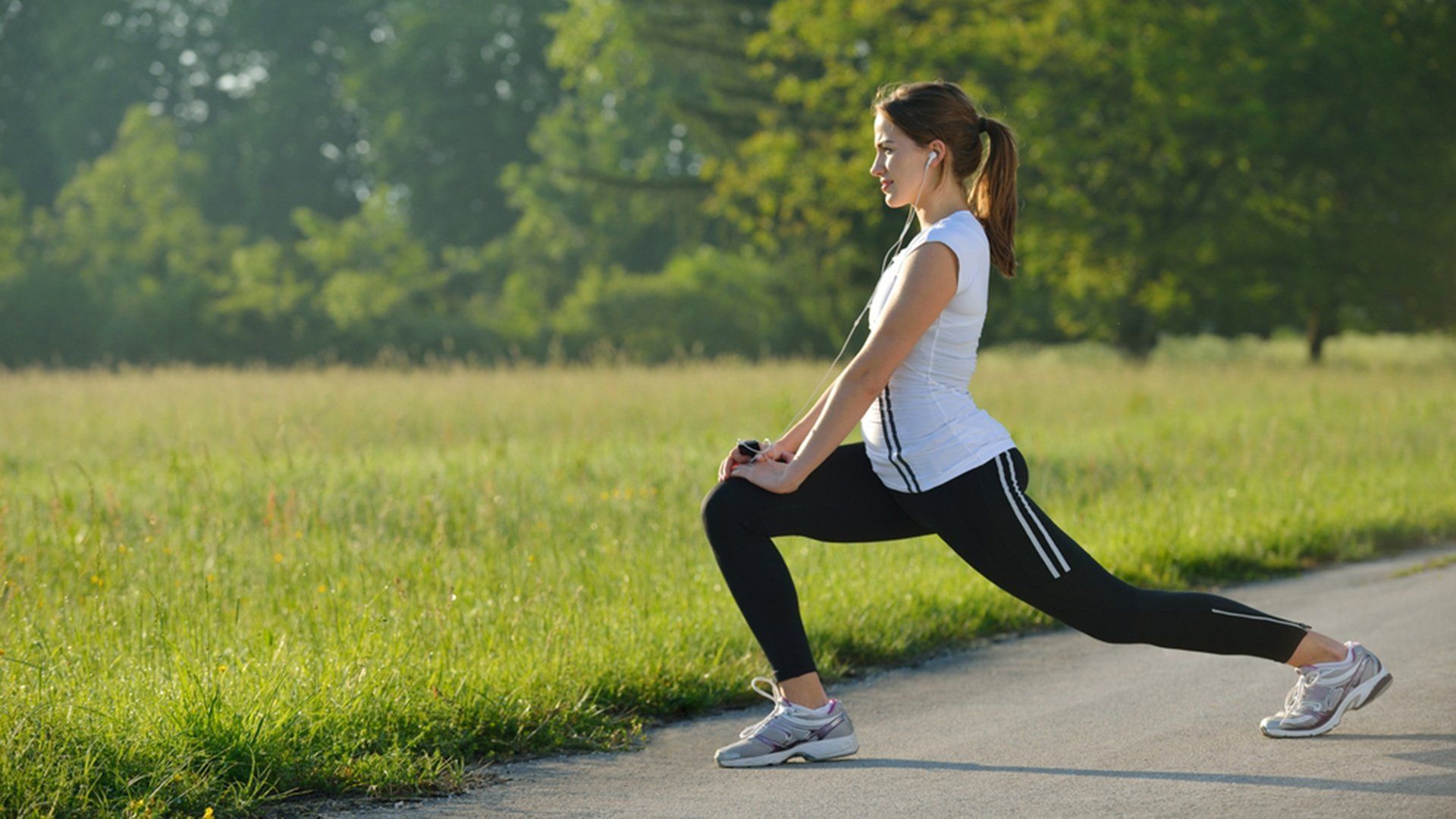
Exercise is defined as any movement that makes your muscles work and requires your body to burn calories. There are many types of physical activity, including swimming, running, jogging, walking, and dancing, to name a few. Being active has been shown to have many health benefits, both physically and mentally. It may even help you live longer. Here are the top 8 ways regular exercise benefits your body and brain. 1. It can makes you feel happier Exercise has been shown to improve your mood and decrease feelings of depression, anxiety, and stress. It produces changes in the parts of the brain that regulate stress and anxiety. It can also increase brain sensitivity for the hormones serotonin and norepinephrine, which relieve feelings of depression. Additionally, exercise can increase the production of endorphins, which are known to help produce positive feelings and reduce the perception of pain. Furthermore, exercise has been shown to reduce stress and improve symptoms of anxiety. Interestingly, it doesn’t matter how intense your workout is. It seems that your mood can benefit from exercise no matter the intensity of the physical activity. The effects of exercise on mood are so powerful that choosing to exercise (or not) even makes a difference over short periods. Active people who stopped exercising regularly experienced significant increases in symptoms of depression and anxiety, even after only a few weeks. 2. It can helps with weight loss Inactivity is a major factor in weight gain and obesity. To understand the effect of exercise on weight reduction, it is important to understand the relationship between exercise and energy expenditure. Your body spends energy in three ways: digesting food exercising maintaining body functions like your heartbeat and breathing While dieting, a reduced calorie intake will lower your metabolic rate, which can delay weight loss . On the contrary, regular exercise has been shown to increase your metabolic rate, which can burn more calories to help you lose weight. Combining aerobic exercise with resistance training can maximize fat loss and muscle mass maintenance, which is essential for keeping the weight off. 3. It is good for your muscles and bones Exercise plays a vital role in building and maintaining strong muscles and bones. Activities like weightlifting can stimulate muscle building when paired with adequate protein intake. This is because exercise helps release hormones that promote the ability of your muscles to absorb amino acids. This helps them grow and reduces their breakdown. As people age, they tend to lose muscle mass and function, which can lead to an increased risk of injury. Practicing regular physical activity is essential to reducing muscle loss and maintaining strength as you age. Also, exercise helps build bone density when you’re younger, in addition to helping prevent osteoporosis later in life. Interestingly, some research suggests that high impact exercise, such as gymnastics or running, or odd impact sports, such as soccer and basketball, may help promote a higher bone density than non-impact sports like swimming and cycling. SUMMARY Physical activity helps you build muscles and strong bones. It may also help prevent osteoporosis. 4. It can increases your energy level Exercise can be a real energy booster for many people, including those with various medical conditions. 6 weeks of regular exercise reduced feelings of fatigue for 36 people who had reported persistent fatigue. Furthermore, exercise can significantly increase energy levels for people with chronic fatigue syndrome (CFS) and other serious illnesses. In fact, exercise seems to be more effective at combating CFS than other treatments, including passive therapies like relaxation and stretching or no treatment at all. Additionally, exercise has been shown to increase energy levels in people with other conditions like cancer. SUMMARY Engaging in regular physical activity can increase your energy levels. This is true even in people with persistent fatigue and those with serious health conditions. 5. It can reduces your risk of chronic disease Lack of regular physical activity is a primary cause of chronic disease. Regular exercise has been shown to improve insulin sensitivity, heart health, and body composition. It can also decrease blood pressure and cholesterol levels. In contrast, a lack of regular exercise — even in the short term — can lead to significant increases in belly fat, which may increase the risk of type 2 diabetes and heart disease. That’s why regular physical activity is recommended to reduce belly fat and decrease the risk of developing these conditions. SUMMARY Daily physical activity is essential to maintaining a healthy weight and reducing the risk of chronic disease. 6. It can helps skin health Your skin can be affected by the amount of oxidative stress in your body. Oxidative stress occurs when the body’s antioxidant defenses cannot completely repair the cell damage caused by compounds known as free radicals. This can damage the structure of the cells and negatively impact your skin. Even though intense and exhaustive physical activity can contribute to oxidative damage, regular moderate exercise can actually increase your body’s production of natural antioxidants, which help protect cells. In the same way, exercise can stimulate blood flow and induce skin cell adaptations that can help delay the appearance of skin aging. SUMMARY Moderate exercise can provide antioxidant protection and promote blood flow, which can protect your skin and delay signs of aging. 7. It can helps your brain health and memory Exercise can improve brain function and protect memory and thinking skills. To begin with, it increases your heart rate, which promotes the flow of blood and oxygen to your brain. It can also stimulate the production of hormones that enhance the growth of brain cells. Plus, the ability of exercise to prevent chronic disease can translate into benefits for your brain, since its function can be affected by these diseases. Regular physical activity is especially important in older adults since aging — combined with oxidative stress and inflammation — promotes changes in brain structure and function. Exercise has been shown to cause the hippocampus, a part of the brain that’s vital for memory and learning, to grow in size, which may help improve mental function in older adults. Lastly, exercise has been shown to reduce changes in the brain that can contribute to conditions like Alzheimer’s disease and schizophrenia. SUMMARY Regular exercise improves blood flow to the brain and helps brain health and memory. Among older adults, it can help protect mental function. 8. It can helps with relaxation and sleep quality Regular exercise can help you relax and sleep better. With regard to sleep quality, the energy depletion that occurs during exercise stimulates recuperative processes during sleep. Moreover, the increase in body temperature that occurs during exercise is thought to improve sleep quality by helping it drop during sleep. One review of six studies found that participating in an exercise training program helped improve self-reported sleep quality and reduced sleep latency, which is the amount of time it takes to fall asleep. Another older study showed that 16 weeks of physical activity improved sleep quality and helped 17 people with insomnia sleep longer and more deeply than the control group. It also helped them feel more energized during the day. What’s more, engaging in regular exercise seems to be beneficial for older adults, who are often affected by sleep disorders. You can be flexible with the kind of exercise you choose. It appears that either aerobic exercise alone or aerobic exercise combined with resistance training can both improve sleep quality. SUMMARY Regular physical activity, regardless of whether it is aerobic or a combination of aerobic and resistance training, can help you sleep better and feel more energized during the day. Credit Source: www.healthline.com
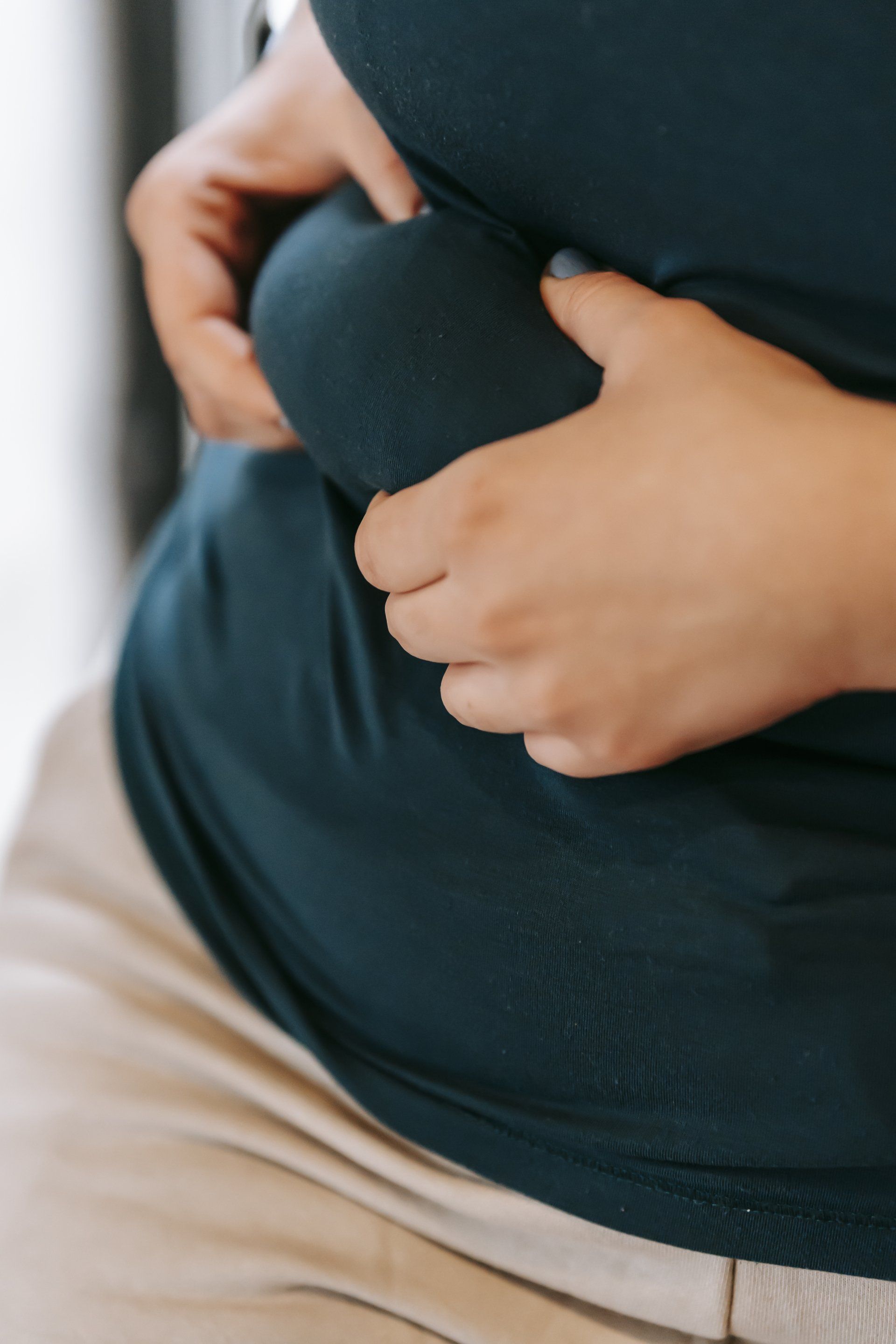
We include products we think are useful for our readers. If you buy through links on this page, we may earn a small commission. Here’s our process. There is a lot of bad weight loss information on the internet. Much of what is recommended is questionable at best, and not based on any actual science. However, there are several natural methods that have actually been proven to work. Here are 20 easy ways to lose weight naturally. 1. Add Protein to Your Diet When it comes to weight loss, protein is the king of nutrients. Your body burns calories when digesting and metabolizing the protein you eat, so a high-protein diet can boost metabolism by up to 80–100 calories per day. A high-protein diet can also make you feel more full and reduce your appetite. In fact, some studies show that people eat over 400 fewer calories per day on a high-protein diet. Even something as simple as eating a high-protein breakfast (like eggs) can have a powerful effect. 2. Eat Whole, Single-Ingredient Foods One of the best things you can do to become healthier is to base your diet on whole, single-ingredient foods. By doing this, you eliminate the vast majority of added sugar, added fat and processed food. Most whole foods are naturally very filling, making it a lot easier to keep within healthy calorie limits. Furthermore, eating whole foods also provides your body with the many essential nutrients that it needs to function properly. Weight loss often follows as a natural side effect of eating whole foods. 3. Avoid Processed Foods Processed foods are usually high in added sugars, added fats and calories. What’s more, processed foods are engineered to make you eat as much as possible. They are much more likely to cause addictive-like eating than unprocessed foods. 4. Stock Up on Healthy Foods and Snacks Food you keep at home greatly affects weight and eating behavior. By always having healthy food available, you reduce the chances of you or other family members eating unhealthy. There are also many healthy and natural snacks that are easy to prepare and take with you on the go. These include yogurt, whole fruit, nuts, carrots, and hard-boiled eggs. 5. Limit Your Intake of Added Sugar Eating a lot of added sugar is linked with some of the world’s leading diseases, including heart disease, type 2 diabetes and cancer. Since sugar goes by many names in ingredient lists, it can be very difficult to figure out how much sugar a product actually contains. Minimizing your intake of added sugar is a great way to improve your diet. 6. Drink Water There is actually truth to the claim that drinking water can help with weight loss. Drinking 0.5 liters (17 oz) of water may increase the calories you burn by 24–30% for an hour afterward. Drinking water before meals may also lead to reduced calorie intake, especially for middle-aged and older people. Water is particularly good for weight loss when it replaces other beverages that are high in calories and sugar. 7. Avoid Liquid Calories Liquid calories come from beverages like sugary soft drinks, fruit juices, chocolate milk and energy drinks. These drinks are bad for health in several ways, including an increased risk of obesity. A drastic 60% increase in the risk of obesity among children, for each daily serving of a sugar-sweetened beverage. It’s also important to note that your brain does not register liquid calories the same way it does solid calories, so you end up adding these calories on top of everything else that you eat. 8. Limit Your Intake of Refined Carbs Refined carbs are carbs that have had most of their beneficial nutrients and fiber removed. The refining process leaves nothing but easily digested carbs, which can increase the risk of overeating and disease. The main dietary sources of refined carbs are white flour, white bread, white rice, sodas, pastries, snacks, sweets, pasta, breakfast cereals, and added sugar. 9. Fast Intermittently Intermittent fasting is an eating pattern that cycles between periods of fasting and eating. There are a few different ways to do intermittent fasting, including the 5:2 diet, the 16:8 method and the eat-stop-eat method. Generally, these methods make you eat fewer calories overall, without having to consciously restrict calories during the eating periods. This should lead to weight loss, as well as numerous other health benefits. 10. Eat More Fruits and Vegetables Fruits and vegetables are extremely healthy, weight-loss-friendly foods. In addition to being high in water, nutrients and fiber, they usually have very low energy density. This makes it possible to eat large servings without consuming too many calories. Numerous studies have shown that people who eat more fruits and vegetables tend to weigh less. 11. Count Calories Once in a While Being aware of what you’re eating is very helpful when trying to lose weight. There are several effective ways to do this, including counting calories, keeping a food diary or taking pictures of what you eat. Using an app or another electronic tool may be even more beneficial than writing in a food diary. 12. Use Smaller Plates Using smaller plates helps you eat less, because it changes how you see portion sizes. People seem to fill their plates the same, regardless of plate size, so they end up putting more food on larger plates than smaller ones. Using smaller plates reduces how much food you eat, while giving you the perception of having eaten more. 13. Try a Low-Carb Diet That low-carb diets are very effective for weight loss. Limiting carbs and eating more fat and protein reduces your appetite and helps you eat fewer calories. This can result in weight loss that is up to 3 times greater than that from a standard low-fat diet. A low-carb diet can also improve many risk factors for disease. 14. Eat More Slowly If you eat too fast, you may eat way too many calories before your body even realizes that you are full. Faster eaters are much more likely to become obese, compared to those who eat more slowly. Chewing more slowly may help you eat fewer calories and increase the production of hormones that are linked to weight loss. 15. Add Eggs to Your Diet Eggs are the ultimate weight loss food. They are cheap, low in calories, high in protein and loaded with all sorts of nutrients. High-protein foods have been shown to reduce appetite and increase fullness, compared to foods that contain less protein. Furthermore, eating eggs for breakfast may cause up to 65% greater weight loss over 8 weeks, compared to eating bagels for breakfast. It may also help you eat fewer calories throughout the rest of the day. 16. Spice Up Your Meals Chili peppers and jalapenos contain a compound called capsaicin, which may boost metabolism and increase the burning of fat. Capsaicin may also reduce appetite and calorie intake. 17. Take Probiotics Probiotics are live bacteria that have health benefits when eaten. They can improve digestive health and heart health, and may even help with with weight loss. Overweight and obese people tend to have different gut bacteria than normal-weight people, which may influence weight. Probiotics may help regulate the healthy gut bacteria. They may also block the absorption of dietary fat, while reducing appetite and inflammation. Of all the probiotic bacteria, Lactobacillus gasseri shows the most promising effects on weight loss. 18. Get Enough Sleep Getting enough sleep is incredibly important for weight loss, as well as to prevent future weight gain. Sleep-deprived people are up to 55% more likely to become obese, compared to those who get enough sleep. This number is even higher for children. This is partly because sleep deprivation disrupts the daily fluctuations in appetite hormones, leading to poor appetite regulation. 19. Eat More Fiber Fiber-rich foods may help with weight loss. Foods that contain water-soluble fiber may be especially helpful, since this type of fiber can help increase the feeling of fullness. Fiber may delay stomach emptying, make the stomach expand and promote the release of satiety hormones. Ultimately, this makes us eat less naturally, without having to think about it. Furthermore, many types of fiber can feed the friendly gut bacteria. Healthy gut bacteria have been linked with a reduced risk of obesity. Just make sure to increase your fiber intake gradually to avoid abdominal discomfort, such as bloating, cramps and diarrhea. 20. Combat Your Food Addiction Food addiction involves overpowering cravings and changes in your brain chemistry that make it harder to resist eating certain foods. This is a major cause of overeating for many people, and affects a significant percentage of the population. In fact, a recent 2014 almost 20% of people fulfilled the criteria for food addiction. Some foods are much more likely to cause symptoms of addiction than others. This includes highly processed junk foods that are high in sugar, fat or both. The best way to beat food addiction is to seek help. Credit Source: www.healthline.com







